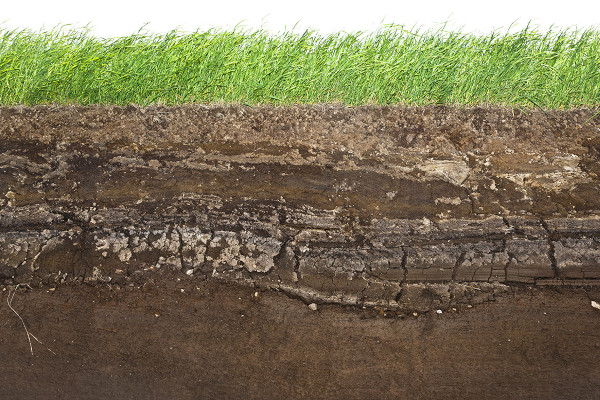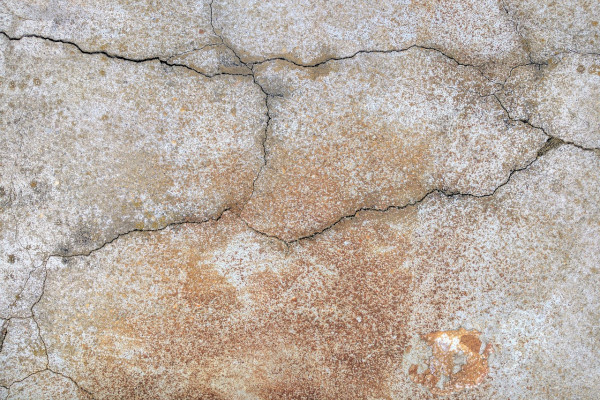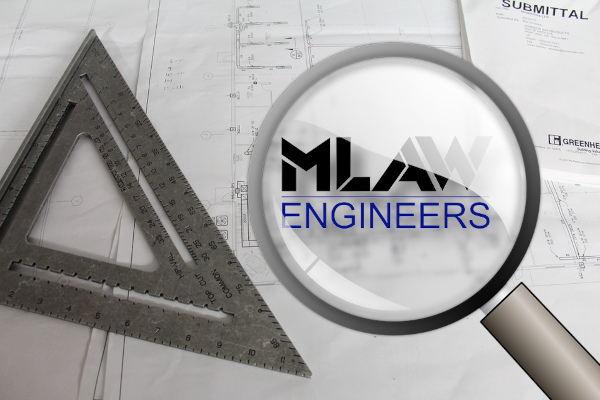Foundations
The Geology of Central Texas, or Why Foundations Do Funny Things
Introduction Central Texas has one of the most geologically diverse small regions to be found anywhere in the world. The many geologic layers, folds and faults cause different types of soil to outcrop in great profusion in this region. Many people have heard of the Balcones Fault. This is a system of many faults that…
Read MoreCracks! In Concrete
One of the more disagreeable features of construction concrete is its ability to generate cracks. Cracks are of several varieties. Some are very fine, almost invisible to the naked eye, some are large and ominous looking. There are two basic types of cracks; the first type is shrinkage related while the second type is external…
Read MoreBalconies, Stairs and Landings
Of the various types of balconies, the overhanging or cantilever types are potentially the most dangerous. Balconies can be found on single family dwellings, but most frequently are found in condominiums or apartments. A balcony can totally collapse if it becomes structurally unsound. Many deaths and serious injuries have resulted from collapse. Balcony live loadings…
Read MoreI Think I Shall Never See a Slab as Lovely as a Tree
Trees are common fixtures around the constructed environment and greatly enhance the livability and value of homes, offices, shopping centers, and other facilities used by man. If you have a shallow soil supported foundation or slab, or other near surface construction such as pavement in conjunction with a high plasticity clay, trees can also be…
Read MoreDefining Foundation or Structural Failure
When has a foundation or any other structural unit failed? There are three categories in which a structure could be placed with regard to structural performance: Obvious failure: Collapse Major distress and distortion Functionality Impairment Obvious non-failure: No distress No distortion Not so obvious: Some distress Some distortion Partial functionality impairment Case I and case…
Read MoreShrinkage Crack Considerations for Post-Tensioned Foundations
Shrinkage cracks in concrete slab-on-ground foundations are a significant public relations problem to home builders. All concrete will shrink during the curing process which lasts up to a year after the time concrete is placed in the forms. Curing involves loss of water from within the concrete, both when it is in a plastic state…
Read MoreExcavation Safety
Excavations are common on construction sites in the form of pits, trenches, and cuts adjacent to a hillside. Excavations are necessary for construction but can be dangerous. Stiff to hard clays seem very strong and will stand temporarily on vertical cuts for great depths. Clays are, however, deceiving. While the intact strength may be high,…
Read MoreExpansive Clay and Foundations
This subject has received attention from many sources for many years, but nevertheless remains a hot topic with regard to design and construction of lightly loaded, shallow foundations in Central Texas. The prime design problem for these foundations is swelling or expansive clays. A shallow foundation is typically found under a residence or small to…
Read MoreGeological Faults and Foundation Design
Austin and Central Texas abounds with geologic faults, the most prominent of which is the Balcones Fault, or “fault system”. These faults are especially common in a band, which runs north and south through Austin and similar areas in Georgetown, Round Rock, Buda, Kyle, San Marcos, New Braunfels and parts of San Antonio. The band…
Read MoreWhen Should You Stress a Cable Slab?
The question as to when the proper time to apply the stressing force to the post tensioned cable in this type of reinforced foundation is of considerable interest. If you apply the stressing load too soon you have the danger of pulling cable anchorages out of the green concrete. If you wait too long there…
Read More


